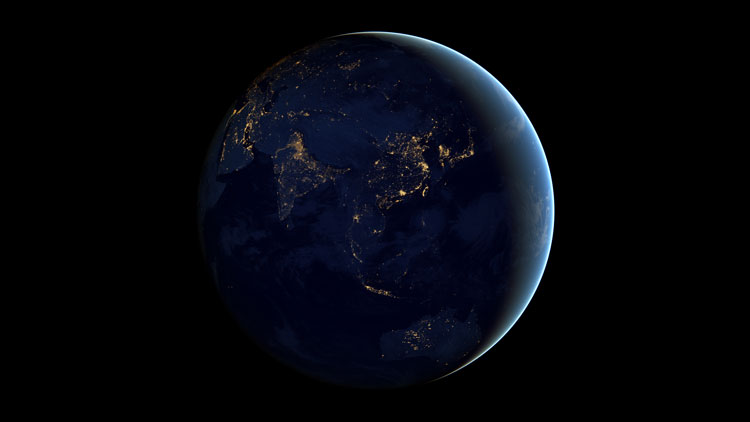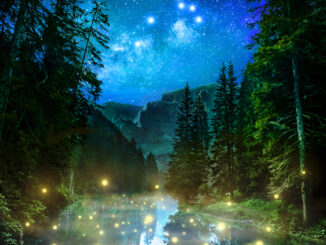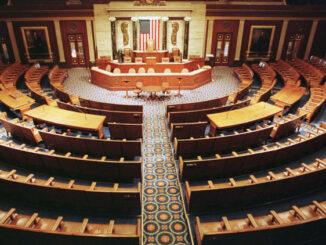
People use the expression “like night and day” to show how things can be so different, they are almost opposites: You should see my dog before and after a bath. It’s like night and day! If you think about it, this makes sense. When one side of Earth faces the Sun and has day, the other side is exposed to the darkness of space—total opposites.
But an increase in artificial light is blurring the line between night and day. In cities and suburbs, lights make it possible for businesses to stay open late into the night. People are using so much artificial light at night that these lights are visible from space! The excessive use of artificial light at night is called light pollution.
Like other forms of pollution, light pollution has negative effects. If you live near a brightly lit area, you may have already experienced one of them. Light pollution makes it difficult to see as many stars in the night sky as someone who lives in the country.
Light pollution can also harm wildlife. Baby sea turtles hatch on beaches at night. After digging out of the sand, they scamper toward the water’s edge. Moonlight reflecting off the water shows them the way. But sometimes, lights from nearby buildings confuse the hatchlings, and they wander inland, away from the sea.
Many animals depend on the predictable daily cycle of light and dark to survive. Deer and other animals of prey hide from predators at night. Frogs and toads croak at night as part of their breeding ritual. By making the night less dark, light pollution disrupts the day and night cycle and interrupts the natural order of life.
What Can You Do? We can all do things to reduce light pollution. Here are a few tips:
- Turn lights off when they are not needed.
- Keep curtains closed to keep light inside.
- Use timers and motion sensors on outdoor lights.
- Install lights that point down instead of up toward the sky.
Photo Credit: NASA’s Earth Observatory/NOAA/DoD



